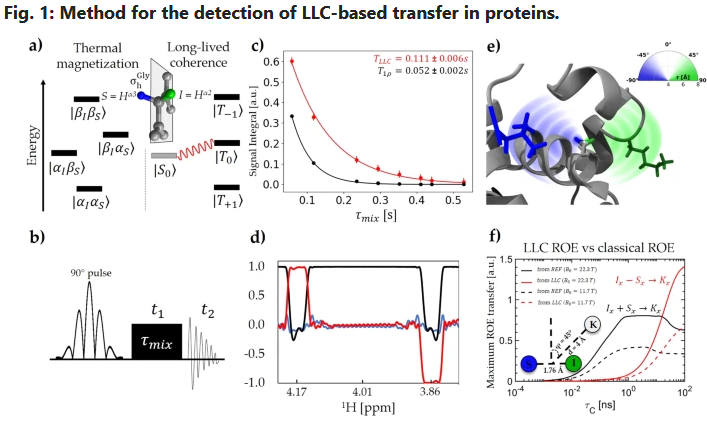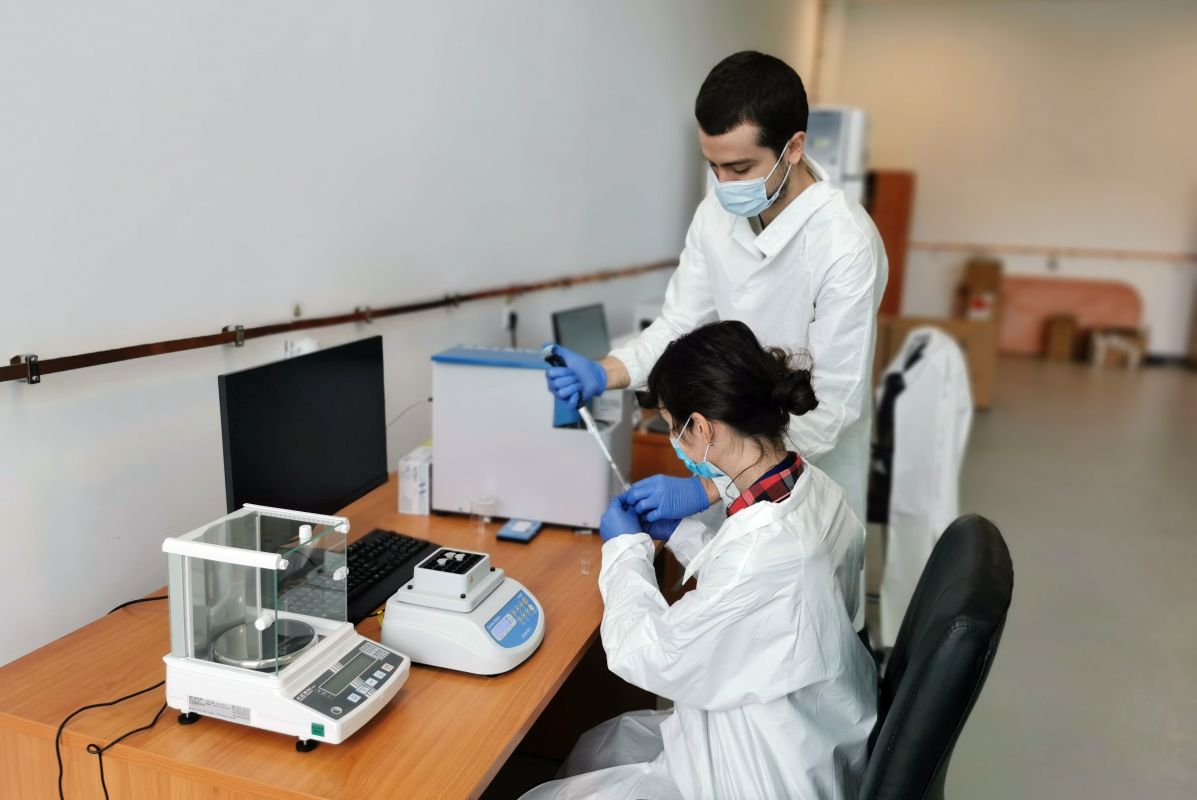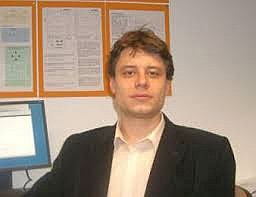Our team will be represented at the 65th ENC to be held April 7 - 11, 2024 at the
Asilomar Conference Center in Pacific Grove, CA, USA with an oral presentation given by
PhD student Ioana Ileana Fidel.
The title of her presentation is: “From Conventional to High-Power-Laser-Driven Irradiation:
Timely Detection of Magnetic Resonance Biomarkers in Cells Cultures”. by: I.I. Fidel, D. Serafin,
P.G. Bleotu, G. Giubega, L. Neagu, M. Iovea, C. Zagrean-Tuza, A Hanganu, S. Vasilca, D. Neguț,
M. Suditu, R. Popescu, M. Bacalum, M. Roșu, O. Teșileanu, M. A. Vodă, A. Sadet,
I.C. Chiricuță, P.R. Vasos.
ENC is the largest conference of international scientists involved in nuclear magnetic resonance research.
The conference usually attracts an attendance of 1,000 scientists. Details of the conference
are available on the conference web site:
https://www.enc-conference.org/



















 eli-np.ro
eli-np.ro